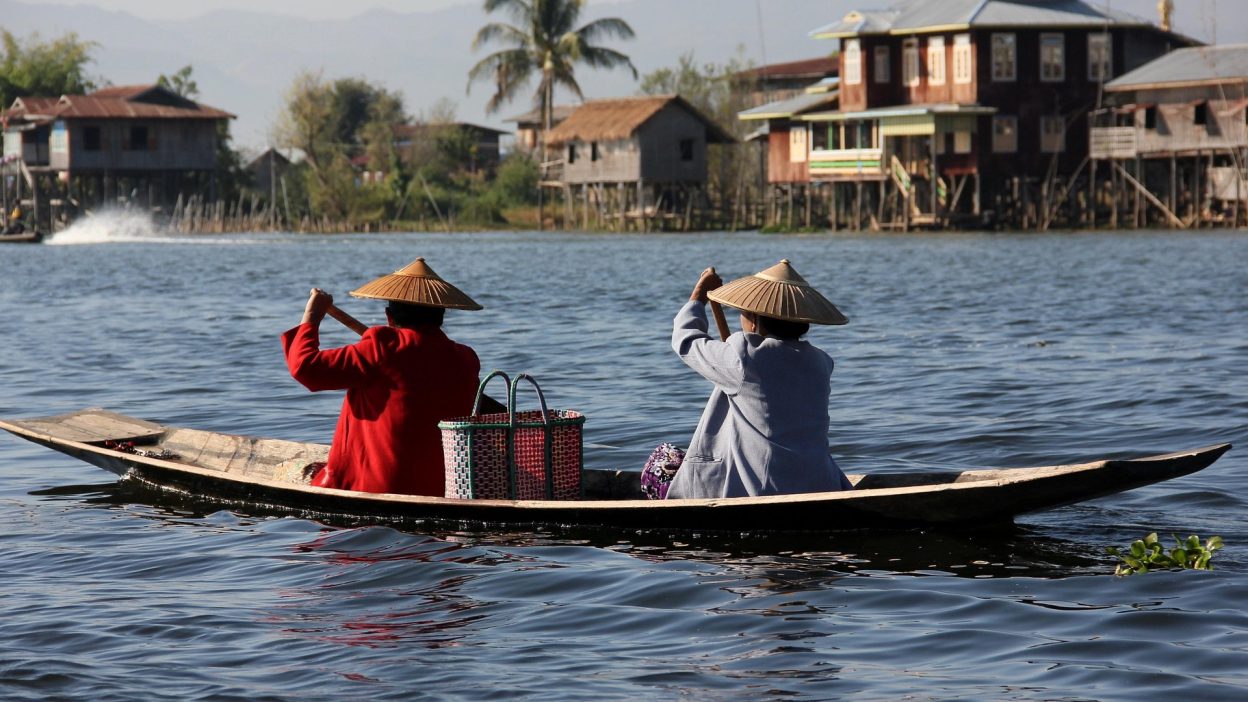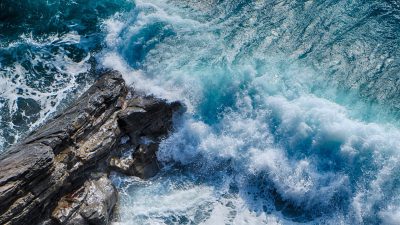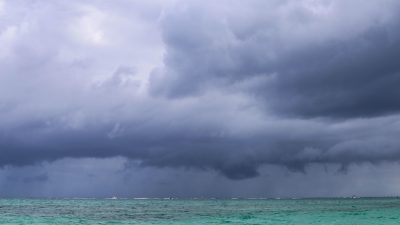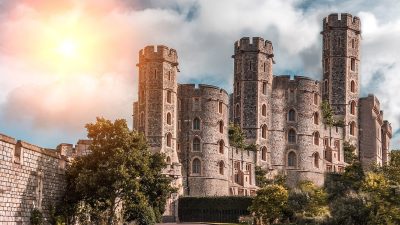The Forgotten Mega-Quake That Shattered Japan’s History
The 1707 Hōei Earthquake remains one of Japan’s most devastating seismic events. Striking on 28 October 1707, this catastrophe measured an estimated 8.6 magnitude, sending violent tremors across the Edo period Japan. The event was particularly destructive, causing widespread ruin and altering the nation’s geological landscape forever. The quake’s intensity was felt across multiple regions, shaking major provinces, devastating cities, and leaving behind a trail of destruction that would be remembered for centuries.
The Deadly Alliance: Earthquake, Tsunami, and Mount Fuji
This disaster was not limited to ground-shattering tremors; it was a chain reaction of destruction. Following the violent shaking, an enormous tsunami engulfed coastal settlements, sweeping away entire villages and causing a catastrophic loss of life. However, the devastation did not end there—just 49 days later, Mount Fuji erupted, spewing volcanic ash across Japan. This earthquake and its aftereffects marked one of the darkest periods in the nation’s history.
Death Toll, Injuries, and the Widespread Ruin
- Death Toll: The earthquake and tsunami claimed an estimated 5,000 lives, with many more left homeless and destitute.
- Injuries: Thousands were injured, suffering from burns, fractures, and other severe wounds caused by falling debris and powerful waves.
- Tsunami Destruction: Coastal regions faced complete annihilation, with waves as high as 25 metres smashing into ports and homes.
- Infrastructure Collapse: Wooden structures crumbled, bridges collapsed, and entire towns disappeared under the force of nature.
The Ruin of Edo Period Japan
The destruction caused by the Hōei Earthquake reshaped the economy, politics, and daily life in Japan. Towns and cities suffered massive financial setbacks, with merchants and farmers losing their means of survival. The government struggled to maintain control, as food shortages and rising crime rates made governance a challenge. Historical records from the period describe the disaster as a test of resilience for the people of Japan, who faced unimaginable hardships in its aftermath.
Mount Fuji Awakens: The Volcanic Aftermath
In an eerie twist, Mount Fuji erupted on 16 December 1707, marking its last major eruption to date. Scientists have long debated whether the earthquake directly triggered the volcanic event, as both occurred within a short period. Thick ash clouds blanketed towns, destroying crops and contaminating water supplies. This disaster intensified the suffering of an already battered population, leaving them to endure famine and disease.
Japan’s Slow Recovery: Rebuilding After the Chaos
Recovering from the 1707 Hōei Earthquake was an arduous journey. The government implemented emergency relief measures, distributing food and financial aid to the victims. However, rebuilding efforts were hindered by the sheer scale of destruction. Over the years, Japan slowly recovered, but the scars of the disaster remained deeply etched in the nation’s history.
Could Another Disaster Like This Happen Again?
- Seismic Vulnerability: Japan remains situated on the Pacific Ring of Fire, making it highly prone to earthquakes and tsunamis.
- Scientific Predictions: Experts suggest that a similar or even more powerful earthquake could occur in the future, urging preparedness.
- Modern Countermeasures: Today, Japan has some of the world’s most advanced earthquake-resistant buildings and early warning systems.
The Lessons Japan Learned from 1707
The tragedy of 1707 taught Japan invaluable lessons about disaster preparedness. Over time, earthquake-resistant architecture, tsunami warning systems, and better emergency responses were developed. The Hōei Earthquake remains a stark reminder that nature’s fury can strike at any moment, making vigilance and preparedness crucial.
The Unforgettable Legacy of the 1707 Hōei Earthquake
Centuries may have passed, but the impact of the 1707 Hōei Earthquake still lingers in Japan’s collective memory. The disaster reshaped landscapes, devastated countless lives, and left behind valuable lessons on resilience. This catastrophe serves as a reminder that, despite modern advancements, nature’s power remains unpredictable and formidable.
FAQs
1. What caused the 1707 Hōei Earthquake?
The earthquake was caused by tectonic movements along the Nankai Trough, a major subduction zone off Japan’s coast.
2. How many people died in the 1707 earthquake and tsunami?
Approximately 5,000 people lost their lives due to the earthquake and the subsequent tsunami.
3. Did Mount Fuji erupt because of the earthquake?
While there is no definitive proof, many experts believe the earthquake’s pressure changes triggered Mount Fuji’s 1707 eruption.
4. How does this earthquake compare to modern disasters?
The Hōei Earthquake was one of the strongest in Japanese history, rivalled only by the 2011 Tōhoku Earthquake.5. Could a similar disaster strike Japan again?
Yes, Japan remains at risk due to its location along the Pacific Ring of Fire, making future earthquakes and tsunamis highly probable.




